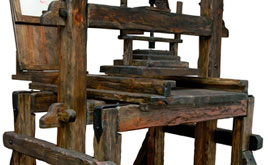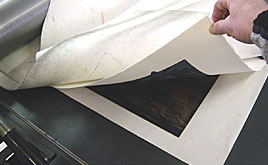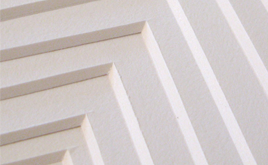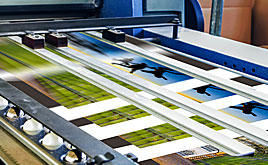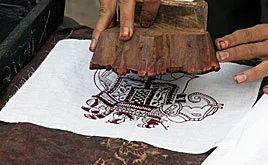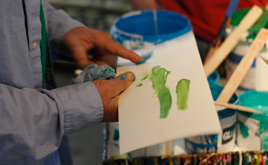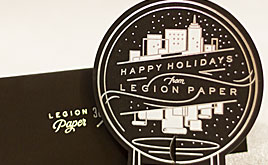Bookbinding papers are interesting in that, more than any other art paper, they are meant to be handled. And handled. And handled. Books are made to be read. So the ideal paper is durable, strong, flexible and resistant to dirt and fingerprints. The weight of the paper is also very important - the pages should be thin enough to fold easily yet thick and opaque enough to prevent show-through.
Just as important is that the paper holds up to the binding process and can take a fold well without cracking. Most better book papers are therefore made of cotton whose long fibers intertwine to produce exceptional strength. Similarly, a mouldmade paper will be stronger than a machine-made sheet, due to the manufacturing process. A final consideration is to select a paper with tight formation, which provides a clean and even surface for the printed text and images.






















